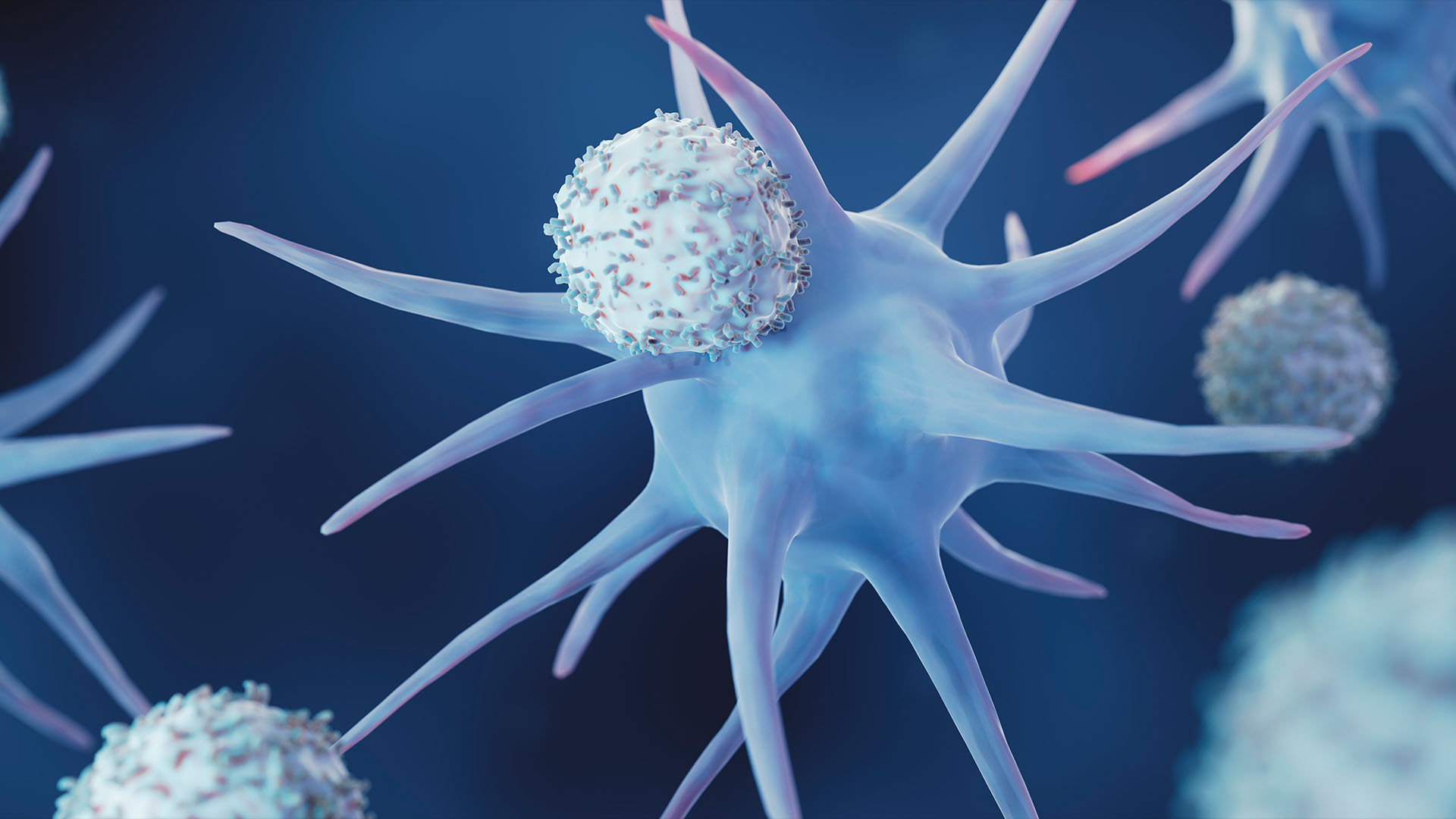
During cold and flu seasons, symptoms usually include a sore throat, a blocked nose and, often, a fever. It’s been said that the body’s elevated temperature during a fever aids in the recovery from illness. But what exactly is the mechanism through which fevers help eliminate germs in the body? Research has shown that the heightened body temperatures play a significant role in boosting the immune system’s ability to combat infection. According to Anders Blomqvist, a neuroscientist at Linköping University in Sweden, the enhanced immune function during fever is partly caused directly by the fever itself, as indicated by the ability to elicit similar responses by artificially increasing body temperature even in the absence of infection.Read More. However, simply increasing body temperature may not be sufficient to combat illness, so other immune factors are also involved.Related: ‘If you don’t have inflammation, then you’ll die’: How scientists are reprogramming the body’s natural superpower The onset of fevers occurs when pro-inflammatory cytokines, which are proteins that escalate the immune response, are secreted by immune cells at the site of an infection. To induce a fever, some of these cytokines travel to the brain and interact with the hypothalamus, which acts as the body’s thermostat, among other functions. There, the cytokines stimulate the production of fever-inducing chemical signals known as prostaglandins. Fever-suppressing drugs such as acetaminophen (Tylenol) and ibuprofen (Advil) are believed to work by inhibiting the production of prostaglandins by blocking the enzymes responsible for their synthesis. Prostaglandins bring about various changes in the body that result in a fever, typically defined as a body temperature of at least 100.4 degrees Fahrenheit (38 degrees Celsius). Acting through the nervous system’s chemical messengers, prostaglandins increase heat generation within brown fat reserves, which burn sugar. They also induce muscle shivering to produce heat and restrict heat loss by constricting blood vessels, particularly in the extremities, such as the hands and feet.How does the increase in body temperature affect the battle between pathogens and the immune system?”Febrile temperatures have been shown to boost the immune response by stimulating both the innate and adaptive compartments of the immune system,” Blomqvist explained. The former controls generalized immune reactions, while the latter “learns” to fight new pathogens as they enter the body. “But the underlying mechanisms are not fully understood.”However, there are specific elements of the immune system that are purportedly enhanced by fevers. Neutrophils, which are the first line of immune cells at an infected site, are recruited in greater numbers during a fever. These cells die shortly after performing their duty, so fevers may encourage a larger number to be recruited to the battlefield. Additionally, there is evidence that during a fever, dendritic cells develop a heightened ability to engulf harmful microbes. By engulfing germs, these cells can then present fragments of the microbes to adaptive immune cells, providing them with information on how to initiate an attack tailored to the invader.Related: Can you catch a cold and the flu at the same time?Researchers have also suggested that fevers might hinder a pathogen’s chance of winning the battle by subjecting it to high temperatures. If a foreign invader evolves to infect the body at normal temperatures, its performance may dwindle when overheated, as its enzymes could start to denature, losing shape and functionality. However, if the pathogen adapts to withstand fevers, it might become less effective at infecting individuals at normal body temperatures. Essentially, the pathogen might find itself in a catch-22 situation.There is a significant challenge in understanding how fevers combat infection. The cytokines that trigger fevers also enhance other immune functions, making it difficult to pinpoint the effect of the fever from these other immune enhancements. For instance, pro-inflammatory cytokines facilitate the migration of immune cells to the infected site and immune tissues, such as lymph nodes, where adaptive immune cells are trained to combat an infection. Despite the role played by cytokines, Blomqvist argues that fevers play an important role in fighting off foreign invaders.Studies suggest that patients in intensive care are more likely to recover from an infection if they develop a fever. The impact of fever-reducing drugs is also enlightening, as these drugs may be necessary to administer if a patient’s fever is at risk of reaching dangerous temperatures. However, in less severe cases, using these drugs may weaken the body’s defenses.”The most robust evidence for the beneficial effects of fever comes from preclinical and clinical studies showing increased mortality to infections when antipyretics [fever reducers] are given,” Blomqvist noted. Critically ill patients were more likely to survive if they received fever-reducing acetaminophen only when their fever was about to cross the danger threshold.This article is for informational purposes only and is not meant to offer medical advice.Ever wonder why some people build muscle more easily than others or why freckles come out in the sun? Send us your questions about how the human body works to community@livescience.com with the subject line “Health Desk Q,” and you may see your question answered on the website!












